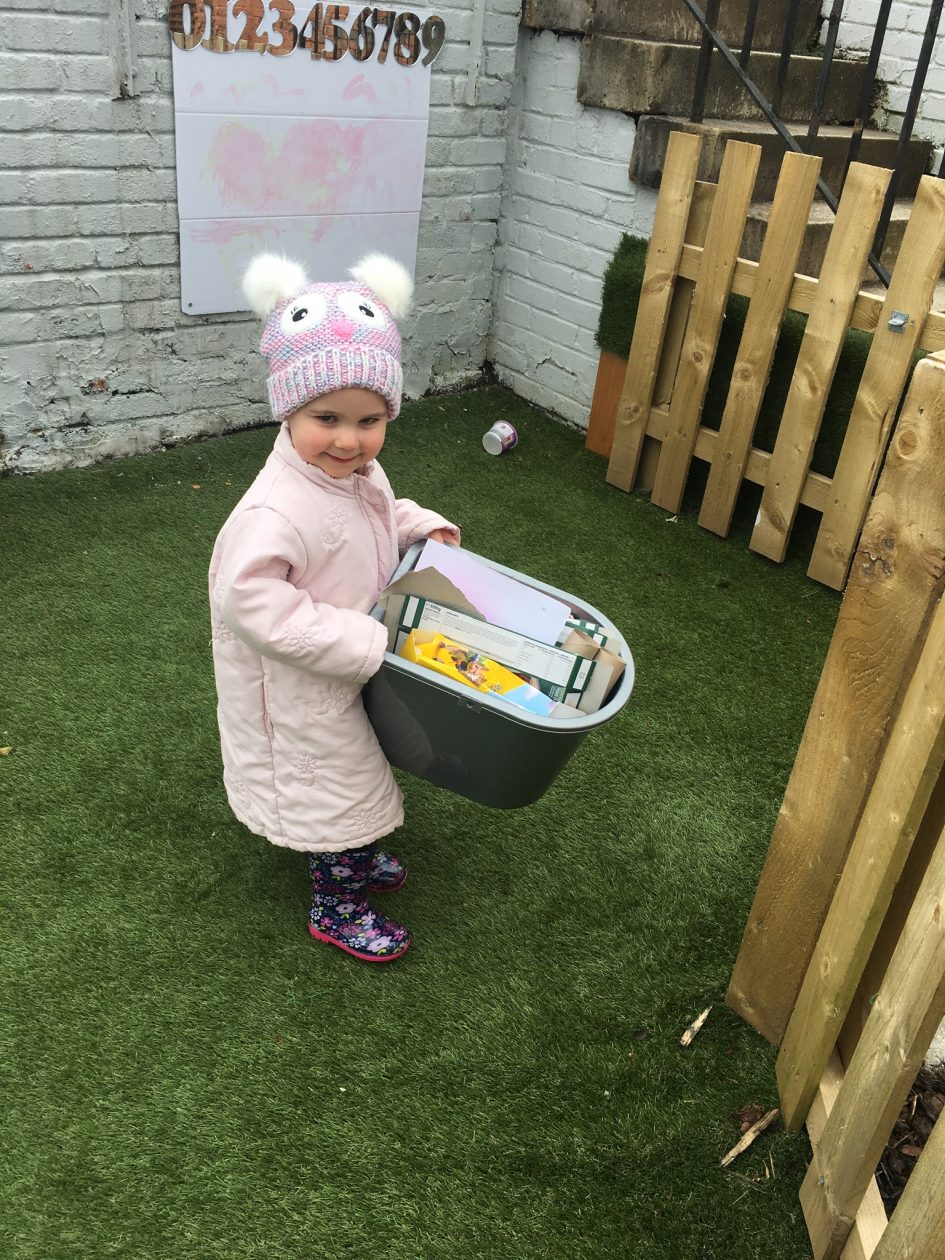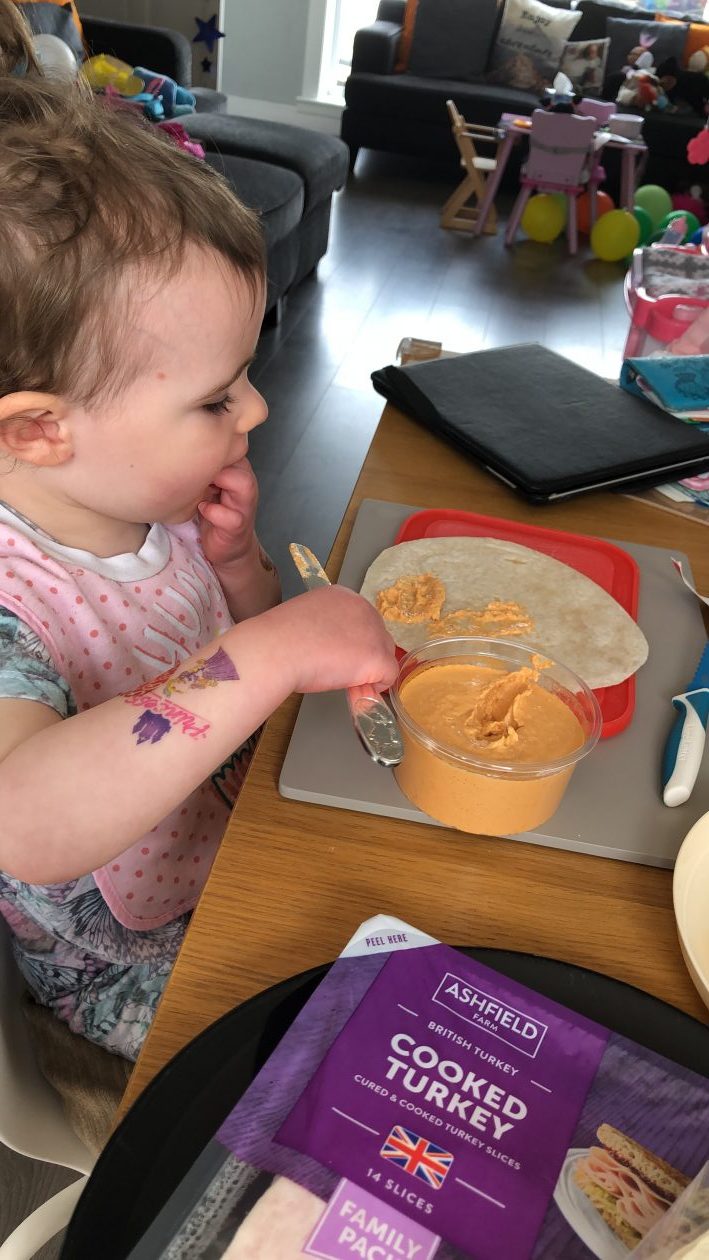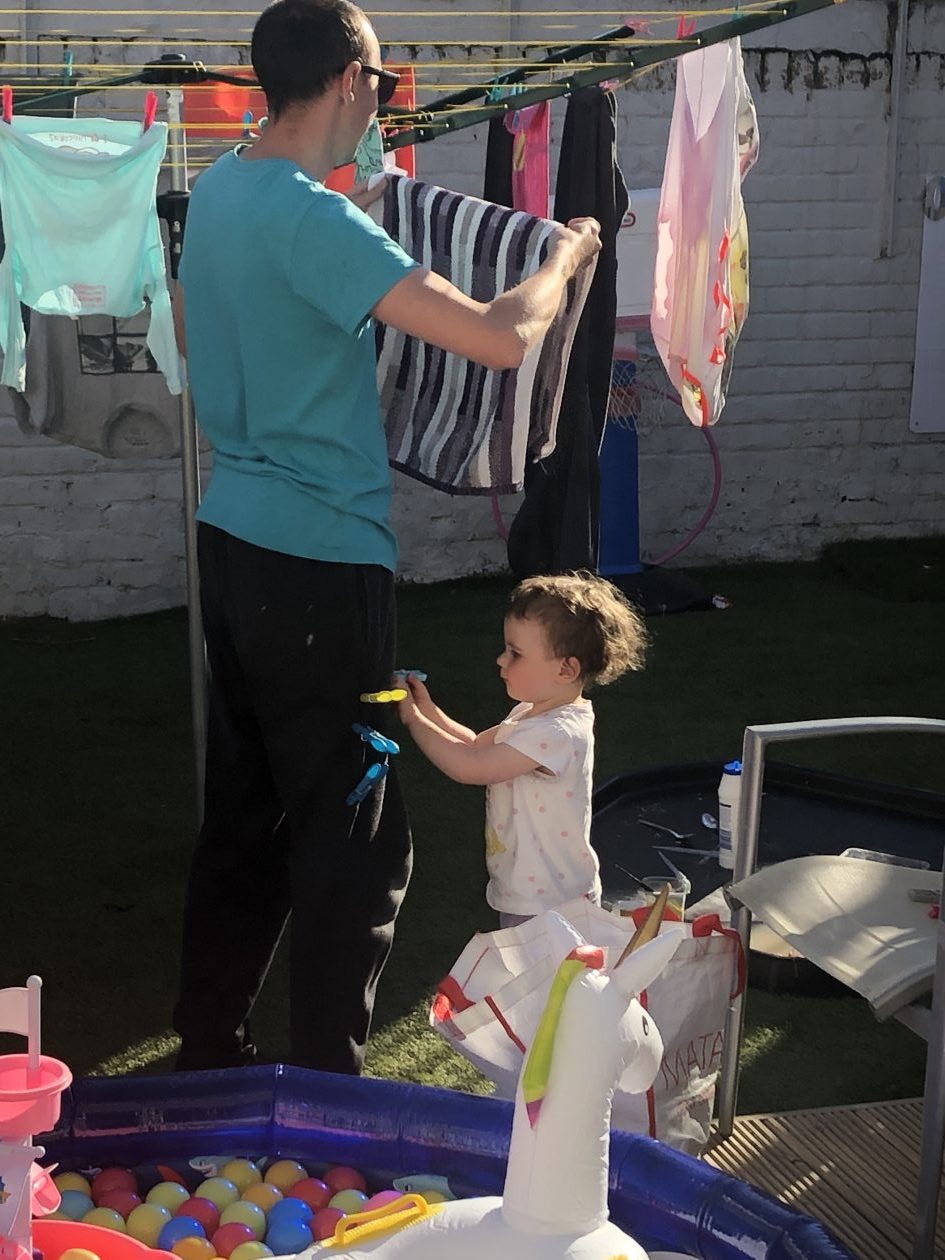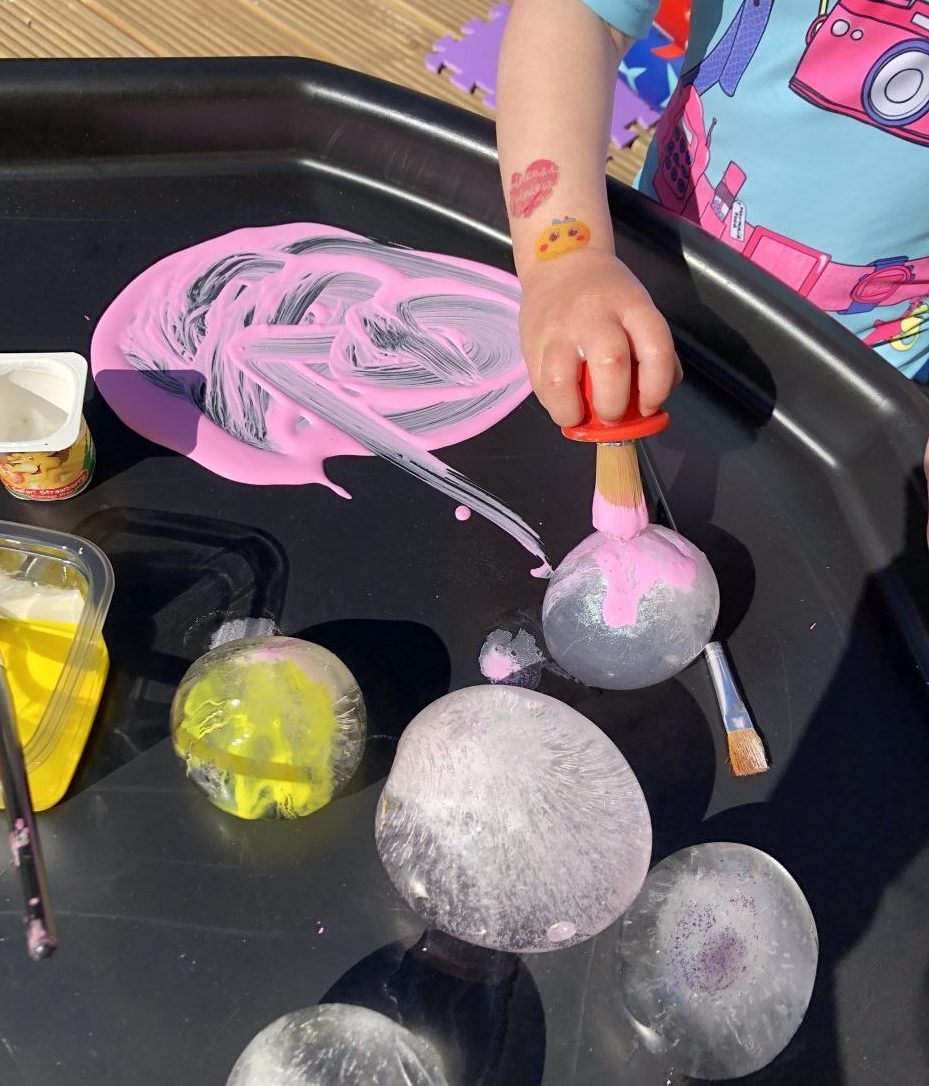Learning isn’t always about letters and numbers, life skills are just as important while growing up. As children grow they can be encouraged to take more responsibility for dressing themselves for activities such as PE, toileting and at snack/lunch times for things such as opening pieces of fruit and wrappers. Simple things to do in the house to prepare your child for this can be to give them time to let them dress themselves in the morning and when going on outings, and then gradually work on getting faster. Other things can include letting them prepare their own lunch and taking responsibility for helping with chores such as taking out the recycling, sweeping up and hanging out the washing. Every activity done in a home environment can be a learning experience for a child, that opens the door to a world of possibilities and questions.




All posts by Mrs Reynolds
Why Playdough?
Playdough is always a favourite in our house whether it’s homemade or shop bought. There is lots that children can do with playdough and it is an amazing resource that covers all areas of learning, which the article below explains in more depth.
For Erin I found loose parts around the house for her to use in her creations along with the playdough. Loose parts play is a type of play that supports invention, divergent thinking, problem solving and offers a sense of wonder to children. They are materials that can be moved, carried, combined, redesigned, lined up, and taken apart and put back together in multiple ways. From pasta and spaghetti to cupcake cases, curtain hooks and lids for cutters, stones, shells, kitchen utensils, flowers…the list is endless when you start looking.
I have included a photo with a recipe for how to make playdough and the article attached also has recipes within it. Why not give it a go and let’s see your imagination go wild?
Scientific Scenes
I hope that everybody had a great holiday weekend staying safe at home. Erin and I were enjoying the weather last week and thought it would be great to do some painting outside, which we decided to turn into a science experiment. Instead of paper we filled balloons with water and put them in the freezer overnight. After observing what happened to the water once it had been in the freezer, we peeled off the balloon and it gave us ice which is a great surface to paint on. Erin particularly liked it when the ice balloons started to melt and the colours all mixed together, giving us another science experiment to observe. To join in with the science fun we were having we tried to dig out the toys we had frozen inside a couple of the balloons by using salt water to help us melt the ice. Ice melts faster in salt water because salt water has a lower freezing point than fresh water, so the ice cube will have to absorb less heat in order to melt in salt water than in fresh water. Let’s see your science experiments; why don’t you try painting on a different surface from paper? Do the colours mix like they did on the ice? Also how quickly can you melt ice with the salt and rescue your toy inside? 


Kitchen Creation
By using kitchen resources I created a filling and pouring station for Erin. There is no need to have a tuff tray to do this as this can be done on a smaller scale on an oven tray, inside a cardboard box, a plastic box from under the bed…anything really that will contain the mess. I collected various items from the kitchen rice, cous cous, tea leaves out of teabags, cornflakes, cheerios, spices, herbs, oats, a crushed up biscuit, spaghetti…the list is endless. You only need a small quantity of each to enable pouring and scooping between containers so don’t worry about using up lots of food. Then add to the tray any utensils and bowls to aid scooping and pouring; different sized spoons, measuring cups and spoons, sieves, pots and pans…make sure nothing sharp is placed in the tray that could pose a hazard. Filling, scooping and pouring activities help develop fine motor skills in under 5s as well as using concepts such as less and more. Adding scales to your pouring and filling tub can also introduce the concept of weight. These tasks help children coordinate their hand movements with what they are seeing and feeling.
Threading Technique
Today we have been dipping in and out of threading. It’s amazing what resources you will already have in your house. We used spaghetti held up by blue tac with cheerios and cut up straws, different sized curtain hoops and chiffon scarves, a colander to thread spaghetti through, pasta and string, a bridge from a train set and ribbons, a chain strap on a handbag and the rubber anti slip mat from under a rug with shoe laces. Do you have anything different in your house you can thread with? How about spare buttons and thread for an extra challenge of threading? I have attached a link that explains in more depth all the benefits of threading (specifically beads but any threading counts ) for all ages, so everybody in the house can get involved.



http://blog.sensoryedge.com/threading-beads-benefits-children-seniors/
Jigsaw Creations
Today Erin and I have been busy using our problem solving skills to make our own jigsaws. I thought with the recycling bins not being able to be emptied at the moment it would be a good way to do our bit to help recycle. We used photos we had lying about, birthday cards people have sent us, leaflets that have come through the door, brochures and magazines. With adult supervision children could try cutting out shapes by themselves to practise their cutting. Why not even try making a collage or transient art from pieces you cut out? 

Rainbow Nature Hunt
Hi everybody, Mrs Reynolds here, I hope you are all keeping well and staying safe. I was reading Mrs MacLeod’s post about going on a rainbow nature hunt and I knew my little girl Erin would love to do that, so I thought I would share what we did. I made Erin a grid from string and cardboard and placed different colours onto it for her to find on our walk. For older children you could add different numbers to each colour of how many items to collect for a numeracy experience and write the colour names on it to promote literacy. Erin really enjoyed collecting the items and placing them under the string to take them home with her. Maybe some of you could try this on your next walk and send us a photo of what you managed to collect. Keep an eye on the blog to see more of what Erin and I are up to and please keep sharing your ideas with us as well.











